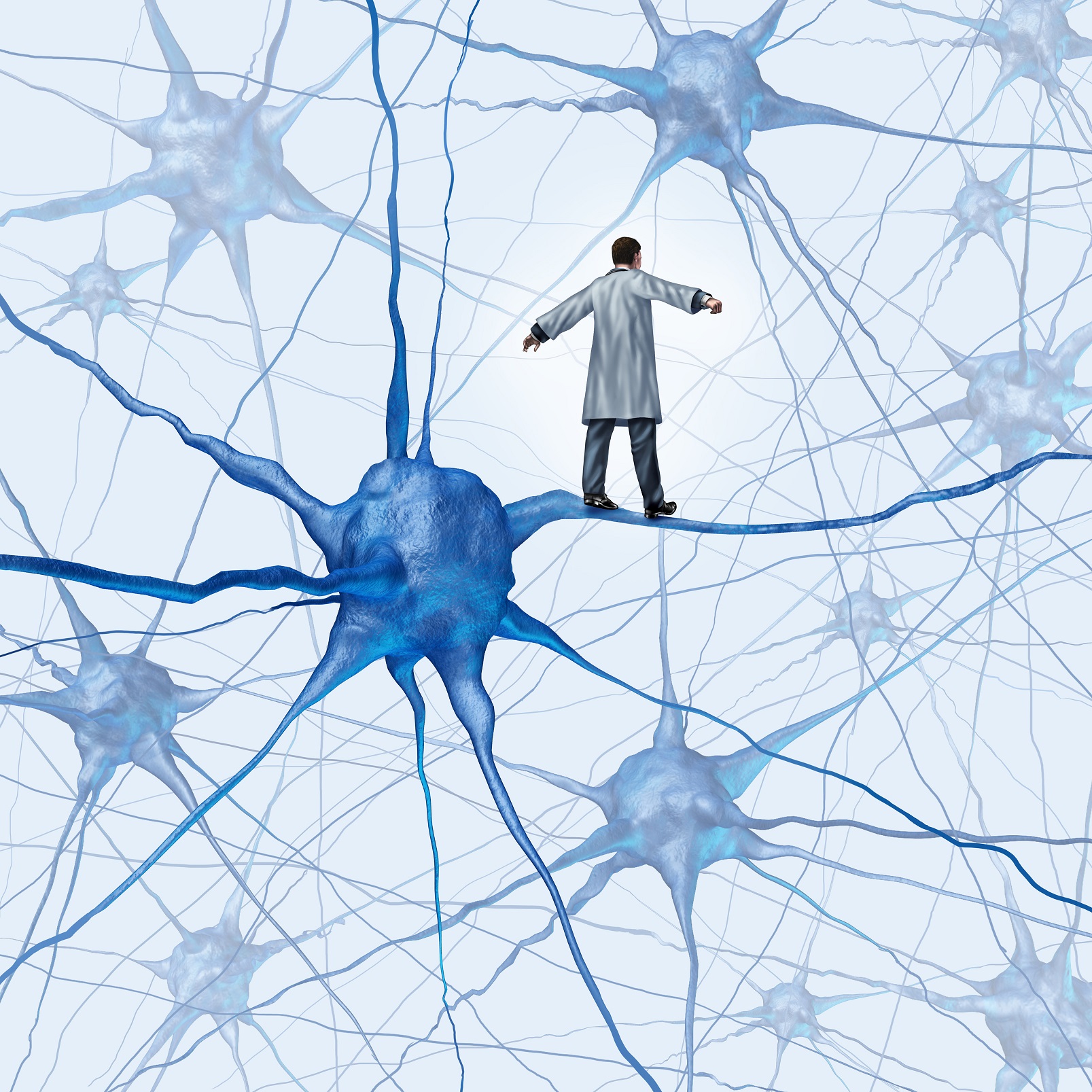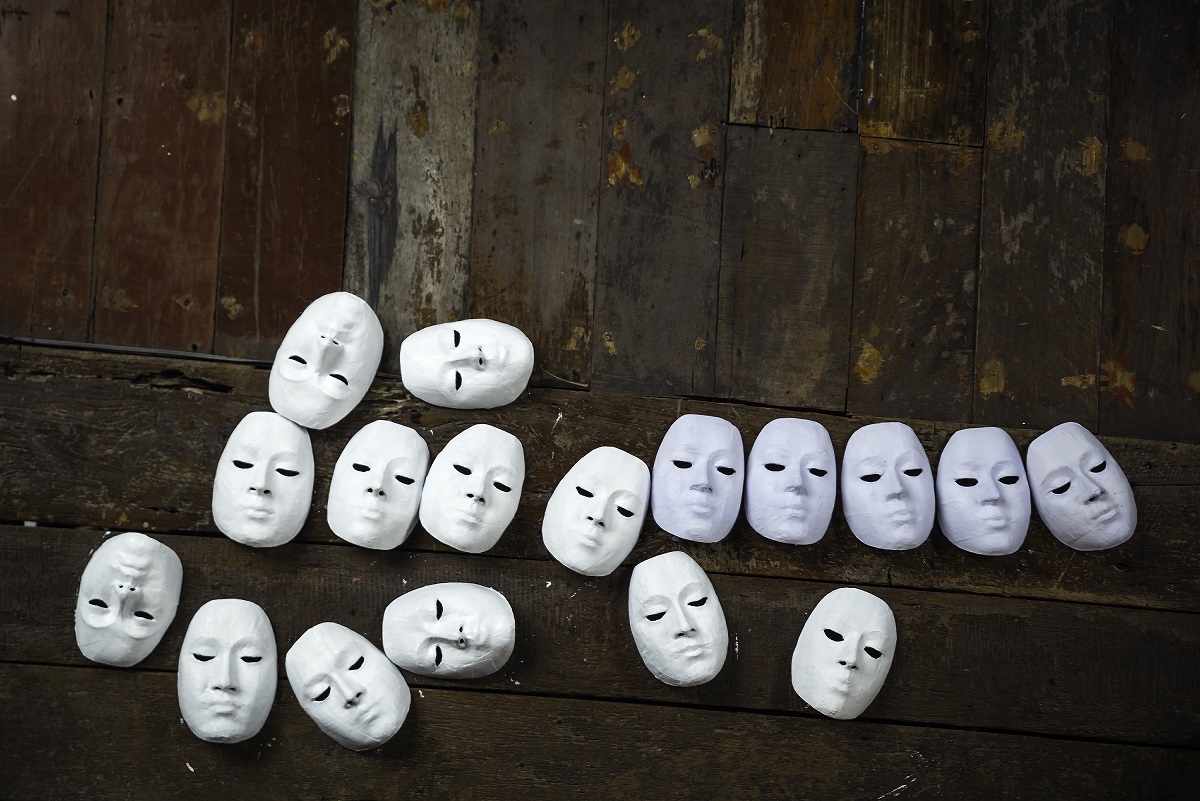
In resorting to right-left processing in the examination of cognitive development in children, it would seem that the normative waking consciousness with which most of us are intimately familiar is the direct result of the interconnection and synchronization of the two hemispheres. When an individual has been allowed to develop an authentic sense of self in an environmental space free from incapacitating factors like stress and external threat, the internal kingdoms will work symphonically to expedite the unconscious appraisal of goal-orientated and affect-regulated behaviour. It’s a fairly straightforward process. Coursing along like a wild torrent with its scintillating inflections, an arbitrary and pre-appraised clutter of transient emotions and images are disinterred by the right hemisphere and offered to the left for consideration. The left then responds to the right’s non-invasive imposition in a reflexive fashion, selecting only information that the linguistic self is able to rationalize in the company of all formative sensory and emotional conditioning that has gone beforehand. Information deemed wayward, problematic, or bothersome–challenges to powerful unconscious assumptions, spontaneous interpolations unrelated to imminent survival, and disturbances to the guided completion of short and long-term tasks–pose a threat to the inflated illusion of stability and permanence constructed by the left hemispheric interpreter and won’t make the cut. I would say that the egosyntonic data entering our contracted fields of conscious awareness is probably a millionth of the percentage of that which the information universe makes accessible to our compound neurobiological mechanisms. Rightly or wrongly, there’s much out there that just doesn’t make it into our conscious awareness.
The delicate equilibrium between the hemispheres, an abridgement which allows us to pave unique fields of influence in our chosen environments, is vastly reminiscent of our planet’s equidistant position from the infernal centre and frozen edges of the Milky Way Galaxy. We subsist on an unappreciated cobalt blue and white-coloured satellite which orbits the sun at just the right distance. Slightly closer, say the proximity of supernal Venus, would mean roasting like Kentucky Fried Chicken or chicken-skewers on the barbeque; a little farther like ruddy Mars or tumultuous Jupiter and we’d crystallize like lime-flavoured icy poles. The evolution and miracle of life is delicately suspended between the physical qualities of hot and cold, dry and wet, dark and light, and torpor and activity. If treading a fine line between two inhospitable extremes denotes the perfect milieus for the proliferation and sustenance of life, then psychological and somatic health, life’s native resting state, must be wrought along similar grounds, perhaps when receptiveness to fresh experience is complemented and served by defence mechanisms with a higher threshold for palpable or imagined threats. Right-brain activation negotiates such an ambivalent experience of reality by overlapping the optimistic, carefree bias of the left hemispheric interpreter and its endorsement of secure and safe attachments with the negative and apprehensive attitudes of the right hemisphere to new experience. Just like the principle of life, our evolving selves remain suspended equidistant from the positive and negative; from extroversion and introversion; and from assertiveness and meekness. The central theme is obviously balance.
Moreover, remaining vigilant and suspicious of the formative environment can obviously thwart the kind of unconscious fear processing responsible for the dissociative mechanisms that fragment the psyche and hamper consolidation of a true self, but without leaving oneself open to these psychological dangers, to rejection, abuse, and traumatic affect, hopes of secure attachments and bonds through which any such consolidation and evolution of self might occur are all but lost. The social synapse enables creative capacities for growth, expansion, and healing when the imaginal space responsible for stimulus appraisals remains moderated and balanced. The nervous system mirrors this inner balance and harmony with the neurons of interconnecting cortical and subcortical networks responsible for sensation, emotion, memory, cognition, language, and behaviour suspended in an eternal seesaw of excitation and exhibition. Research into interpersonal learning has shown that growth hormones and neurotransmitter levels are amplified with neurogenesis occurring in brain regions like the amygdala, the hippocampus, and the cerebral cortex when individuals’ experience dependent perception of stress remains moderate. Again, the decisive factor is moderation and balance. Beloved balance is behind the neurogenesis responsible for flesh-building in the brain, psychospiritual ambiance, and physical longevity–indeed life itself. Balance, health, and life are obviously one.
Now if the harmonization and coordination of the two hemispheres is seminal to psychological health and wellbeing then their dissociation should equate to illness and disease, right? It appears that the accumulating mass of neurobiological evidence does support this claim. More and more, researchers are unveiling empirical parallels between a narrow or non-existent sense of self birthed from insecure attachments, maladaptive behaviours, and ego-dystonic experiences and a dysregulation of right-left hemispheric processes, that is to say the pathological dissociation of cognition from emotion and behaviour from affect. Indeed, lateral imbalances do seem to be a defining feature in many psychopathological conditions. Functional magnetic resonance imaging (fMRI) performed on individuals who have been asked to recall disturbing experiences involving augmented levels of fear and anxiety habitually illuminate augmented neural activity in the right frontal lobes. Depression and mania have also been linked to increased activation of the right frontal lobes, whereas the emotional bankruptcy and the atypical absence of imagination and state-specific memory experienced by individuals suffering from alexithymia[1] is believed to be phenomenological deficit of nonlinear and linear process thinking running autonomously. The disgorgement of the conscious linguistic self from its underlying physical and emotional matrix can also instigate problems of a more dire nature like the conversion of repressed emotions into physical symptoms, tumours, and cancers, a condition contemporary psychiatry openly acknowledges under the label “somatization disorder.” Last but not least, it appears that ego-dystonic interjections into conscious awareness typical of psychotic episodes, in other words auditory hallucinations, are directly correlated with significant reductions in lateral dominance. Current neurological findings support the notion that all chronic sufferers of psychosis (i.e. paranoid schizophrenics) express diminished left-hemispheric capacity in the amygdala and hippocampus.
Some will indefinitely ask whether it is the phenomenology, the non-empathic and insecure attachments which spur left-right dissociation and thus a perpetual state of trepidation and anxiety or whether the latter is an inadvertent epiphenomenon of hemispheric non-abridgement. The most logical take would be to regard all neurological processes like right-left integration as experience-dependent, meaning that they are guided by interpersonal learning and interactions in the social synapse. Just what kind of functionally self-organizing neural networks appear depends on the nature of the environment. If a child’s formative influences are mostly tumultuous and threatening, the unconscious blueprints wired by the primitive brain will express ongoing tendencies for dissociation and a hypothalamic-pituitary-adrenal (HPA) axis with a relatively low threshold response to stress. The dreadful implications of abnormal right hemispheric activation are that the child spends a great deal of time deflated, fearful, and stressed, setting up a fatalistic loop for a shortened life of pathological extremes and unhealthy habits. Once again it’s a case of nurture over nature, the environment over our genes.
Of the primitive circle of defence mechanisms, chronic stress and its modulation of the endocrine system via the release of the hormone cortisol is by far the deadliest. While in short bursts cortisol saturation is a wonderful built-in evolutionary innovation because it catabolizes proteins for immediate use in the fight-flight response, more sustained levels will inhibit immunological functions like T-cell production and initiate metabolic alterations to existing sodium levels, leading to a forced annihilation of cell membranes and inevitably cell death. Over time the atrophy in neuroplasticity materializes anatomically as hippocampal reduction, inducing further psychological and behavioural alterations (i.e. depression) that might be explained as a consequence rather than an aetiology of neuronal cell death. Evident here is that causal relationships can indeed be inverted, with cognitive mechanisms indigenous to our nature being programmed to further effect nurture. Such feed-forward effects makes our formative interactions that much more significant; when all-important preconscious and nonverbal unconscious processes wire in an environment not conducive to interpersonal learning, we emerge into the physical and social community with atrophied growth in the hippocampus and amygdala. The cost of possessing cognitive tools that are inept at manipulating memory and regulating affect is to continually find ourselves in situations where impermeability to stress is non-existent. We retain these sensory and emotional attitudes through life and enact them as volitional behaviours, often to our own detriment.
In the wider scheme of things, the greatest problem with human development is that formative sensory and emotional moulds about the nature of reality are unconscious and controlled by a right hemisphere with its sceptical and negative bent. Early experience imbues our unconscious minds with beliefs reflective of our consensus environment: we cannot cure progressed cancers and tumours, we cannot communicate with our loved ones in the absence of spatial proximity, it is impossible to detach conscious awareness from the corporeal vessel, and a great many others. Society does a great job of drumming these into us, delimiting our worldview in an authoritarian manner that leaves no room for either reflection, modification, or transformation. The law of limitations and frontiers are the Word of our day, it seems.
But what if reality were relative to the conditioned frequencies of the sentient observer? What if an unformed unconscious was a bundle of feasibilities capable of wielding powers beyond our wildest dreams? Creative individuals and social “misfits” who refuse to bow to Newtonian science and instead adhere to alternative and esoteric systems of knowledge comprise first-rate evidence that things might actually be this way. Paranoid schizophrenics cogitating on the fringes of our social world frequently report intimate experiences with higher-order “voices”, a class of hallucinations which transcend the patient’s own IQ level and personal sphere of knowledge. People like you and I will frequently dream of persons we will meet, awards we will receive, and places we will visit in the imminent future. Anomalous healers work with energy frequencies between 0.03 and 30 Hertz (Hz) in inducing spontaneous remissions, incidentally the same sort of frequency ranges promoted by meditation, creative visualization, hypnosis, and hypnagogic states (7.5-12.5 Hz). Neural oscillations in this frequency band are slow, synchronous, and form a psychic bridge between the unconsciously held truths and assumptions of our emotional intelligence and our self-conscious behaviours–they are called alpha waves. Save for their evident hermeneutic function, alpha wave activity hold the key to our emancipation from the shackles of Newtonian conditioning and our consequent translation to a postmodern world wiped clean of limitations and frontiers. Naturally the grand opening itself depends on whether or not pre-existing narrow assumptions latent in the unconscious yield to the possibility of reflection, modification, and transformation.
In conclusion, it would be wise to treat our focused thoughts as the actual fabric of reality from which meaningful narratives are engraved. We come into the world with an unconscious ready to take on illimitable shapes and forms with no limit on what should or shouldn’t be possible. Each of us is a sacred microcosm, a sum of infinite potentials, a unique footprint of the creative intelligence glancing down at its supernal reflection in the primordial waters like the youthful Narcissus. By entering the consensual environment we are conditioned, against our own will I might add, to accept societal norms and beliefs that strip us of that divine birthright. In time we accept this social patina of feebleness, a communal Eros-glue that demands bewitched subjects conform to such ridiculous assumptions as the inability to conquer adversity; the hopelessness of surmounting illnesses sometimes created by us and sometimes imposed on us by the toxic contingencies of our lives; and the outright futility in altering the trajectory of one’s fate. Consequently, our self-image inverts from one of godhood and eternal freedom to one in which we are bound prisoners squirming and struggling amidst a powerful torrent that washes us deeper and deeper into depression and despair. The right-hemispheric inclination toward fear and distrust has created a fatalistic philosophy that has persisted through the centuries like an aggressive fly. Many Eastern philosophies assert that attachments, the synapses through which we grow and develop a sense of self, lead to nothing but misery and suffering. Plato compared life to a shadow play inside a cave where men were forced to sit and stare at a wall. Jean-Paul Sartre’s pessimism prompted him to define the corporeal life of humankind as a useless passion and Arthur Schopenhauer’s The World as Will and Idea (1818) makes life out to be an illusory and irrational bundle of perceptions, existing neither here nor there. In truth, how many people do we know that become possessed by the idea that life isn’t worth living and that never having been born would have been preferable?
Our job as psychonauts of the twenty-first century is to reverse Narcissus’s fateful plunge into the waters of conditioning; to remember our godhood.
[1] Alexithymia is a personality construct characterized by the sub-clinical inability to identify and describe emotions in the self. The core characteristics of alexithymia are marked dysfunction in emotional awareness, social attachment, and interpersonal relating. Furthermore, individuals suffering from alexithymia also have difficulty in distinguishing and appreciating the emotions of others, which is thought to lead to unempathic and ineffective emotional responding.









